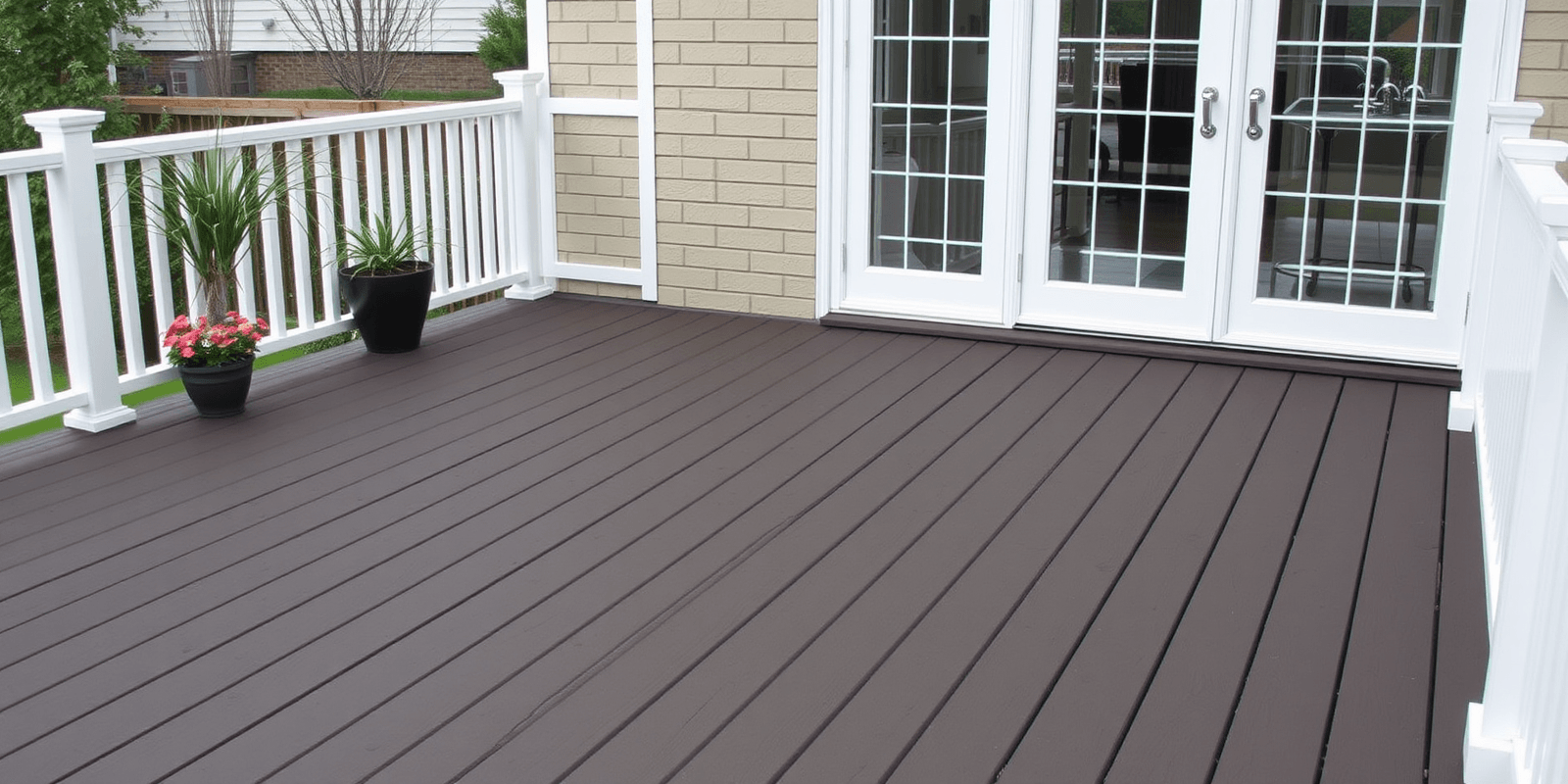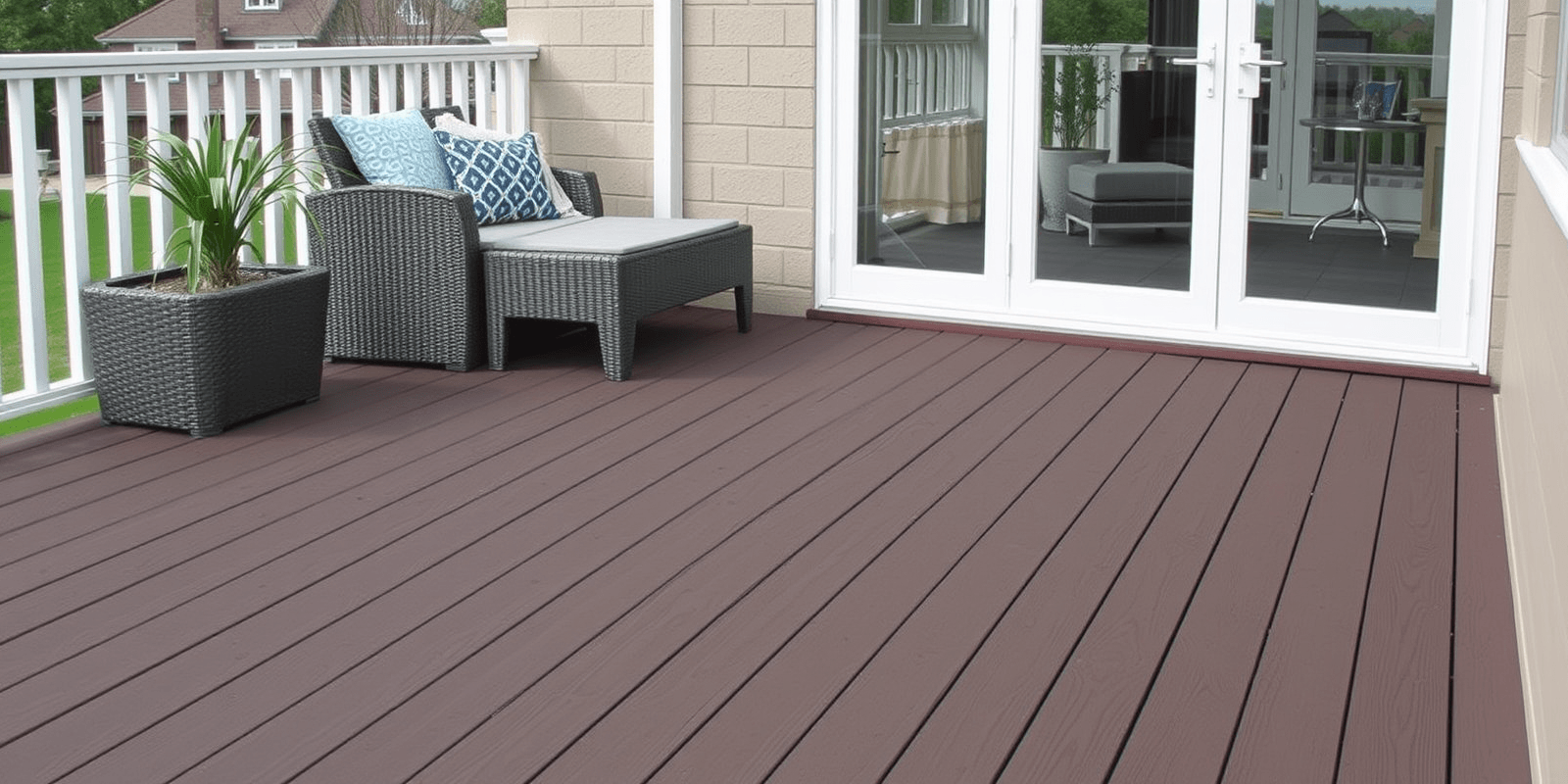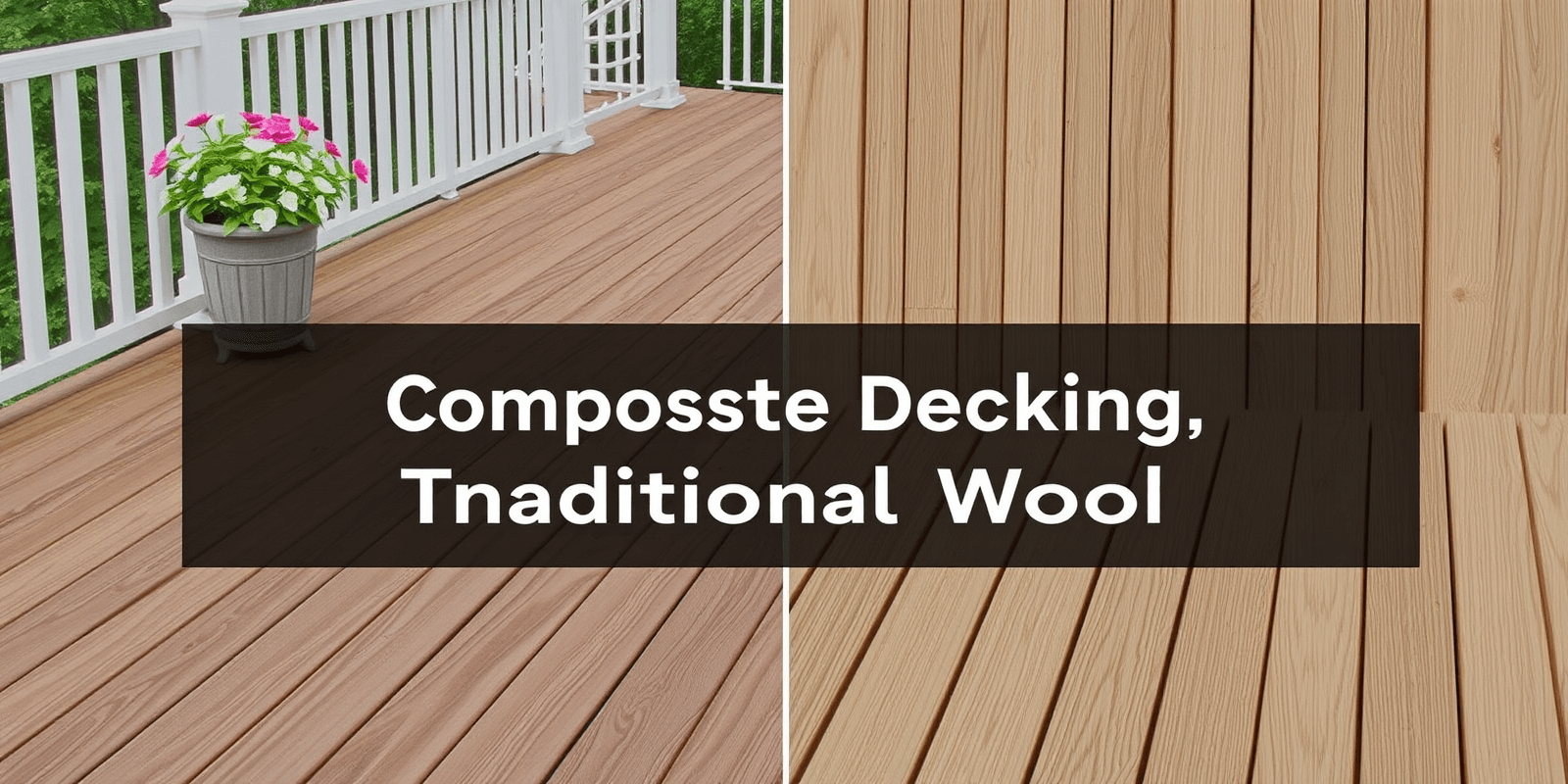What is Composite Plastic Decking?
In recent years, composite plastic decking has emerged as a popular alternative to traditional wood decking. This innovative material combines plastic (often recycled) with wood fibers to create a durable, low-maintenance surface that is both eco-friendly and aesthetically pleasing. Let’s delve into the details of what makes composite plastic decking a compelling choice for both home and commercial projects.
Benefits of Composite Plastic Decking
Environmental Impact
One of the most significant advantages of composite plastic decking is its environmental impact. Unlike traditional wood decking, which often requires the harvesting of trees, composite decking can be made from recycled materials such as plastic bottles and bags, as well as wood waste. This reduces the demand for virgin timber and helps to lower the carbon footprint of your deck. Moreover, composite materials are often manufactured using less energy-intensive processes compared to those used in treating and finishing natural wood (source: EPA).
Longevity and Maintenance
Composite plastic decking is known for its durability and resistance to rot, moisture, and insect damage. Unlike wood, which can warp, crack, or splinter over time, composite decking maintains its structural integrity and appearance for decades with minimal maintenance. Regular cleaning with soap and water is usually sufficient to keep the deck looking new. Additionally, composite materials do not require staining or sealing, further reducing long-term upkeep costs (source: DeckStoday).
Comparison with Wood and Other Materials
When compared to wood, composite plastic decking offers several advantages. While wood decks require regular maintenance such as staining, sealing, and treating for pests, composite decks do not. They also resist fading, warping, and cracking better than wood, making them a more reliable option for outdoor use. Compared to metal or concrete, composite decking provides a warmer, more inviting aesthetic while still offering comparable strength and durability. Furthermore, composite materials can mimic the look of natural wood, offering homeowners the best of both worlds (source: The Home Depot).
Practical Applications
Composite plastic decking is versatile and suitable for a wide range of applications, both at home and in commercial settings. At home, it is ideal for creating patios, pool decks, and backyard entertainment areas. Its low-maintenance nature makes it particularly appealing for busy homeowners who want a beautiful outdoor space without the hassle of constant upkeep. In commercial settings, composite decking is perfect for creating walkways, balconies, and rooftop gardens. Its durability ensures that it can withstand heavy foot traffic and harsh weather conditions, making it a reliable choice for public spaces like restaurants, hotels, and shopping centers (source: Architectural Digest).
Conclusion
Composite plastic decking is a modern solution that combines the beauty of natural wood with the durability and sustainability of advanced materials. Its environmental benefits, longevity, and ease of maintenance make it an excellent choice for both residential and commercial projects. As awareness of sustainable building practices grows, composite decking is likely to become even more popular, offering homeowners and businesses a smart, stylish, and eco-conscious way to enhance their outdoor spaces.
Keywords: what is composite plastic decking, composite decking benefits, composite decking vs wood, environmental impact of composite decking, composite decking maintenance, composite decking applications, composite decking for home, composite decking for commercial use.



